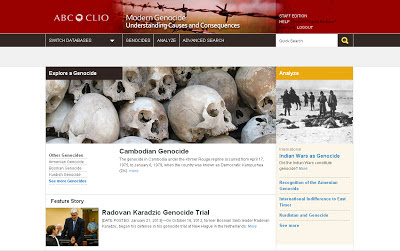Today
we’re celebrating Earth Day to recognize and celebrate our beautiful world. But
Earth Day is every day – you can lead healthier and happier lives by making
green choices throughout the year.
Here
are my favorite suggestions for “everyday green” – they are simple to do and
really add up to make a difference in your carbon footprint (the measured
impact you have on the planet)!
Top Ten Things to Do on
Earth Day and Every Day
1. Reduce, Reuse, Recycle – Yeah, I know; you’ve probably heard
this a million times before, but it’s an easy mantra to remind yourself to use
a little less, extend the life of an item, and make smarter choices. Our trash
provider offers a bi-weekly recycling pick up as part of their service; the
recycling truck weighs the contents for points on Recycle Bank
(https://www.recyclebank.com/) – we can then turn in the points for coupons and
other discounts. We also have a recycling center near our home -- research the
options and resources available to you.
2. Manage bills and other accounts online – You can save on
stamps and envelopes and better track your accounts by setting up “paperless”
or “e-accounts” online. It’s easy and
painless (well, except for the having to pay the bills part).
3. Go through closets and drawers and donate or sell – The changing of the
seasons is a great time to go through your things and weed out anything that’s
no longer needed. But before you dump it
in the garbage, consider whether or not someone else can use those things. You
can sell stuff on E-bay or Craig’s List, or you can donate them to a variety of
organizations seeking clothing and household items. For furniture or larger
items, my old standby is to kick it to the curb. Someone in my neighborhood is
bound to find some use for it. Another option to reimagine objects and make
them into art pieces.
4. Plant a tree – Adding to the greenery of the world is always
a good thing. It doesn’t have to be a
tree –plant flowers, herbs, and vegetables. It doesn’t have to be fancy – any
small patch of ground will usually do. If your space is limited, try planting
in containers or create a vertical garden. Your local county extension office
has master gardeners who can offer advice.
5. Replace old bulbs with energy efficient lights – Change out your
regular light bulbs for energy efficient ones that save money and energy.
According to the Energy Star program, “If every
American home replaced just one light bulb with a light bulb that's earned the
ENERGY STAR, we would save enough energy to light 3 million homes for a year,
save about $600 million in annual energy costs, and prevent 9 billion pounds of
greenhouse gas emissions per year, equivalent to those from about 800,000
cars.”
6. Be mindful about your food – If you are able to, purchase organic fruits, vegetables, and other
products to avoid the pesticides and chemicals that are harsh on both your body
and the environment. If “all organic” is out of your budget, be selective; do
some research on the fruits and vegetables with the most pesticides in them,
and use a portion of your budget for some organic items. Visit your local
farmer’s market for fresh and healthy options. Food that has to travel long
distances has a negative impact on the environment – consider the gas used in
an airplane or commercial truck to move the food to your store as well as the
packaging and refrigeration to preserve food until it reaches you. Learn more
about the benefits of farm-to-table options that bring food more directly to
your plate.
7. Go for the natural products in your home and yard – In my view, you don’t need cleaning products full of harsh
chemicals to have a fresh home. You can make your own non-toxic cleaners with
good old water and things like lemons, baking soda, and white vinegar. Lots of
brands on the market offer natural and non-toxic cleaners.
8. Replace inefficient appliances with Energy Star-rated
ones –
We had a water audit last year (provided by a local non-profit organization)
and was shocked to discover that our old toilet uses a whopping 5 gallons of
water with every flush! Also, our energy
company offers a rebate to switch it out with an energy-efficient model. Similarly, we thought we were being smart by
keeping our old refrigerator; instead, we found that it was actually using
significantly more energy; our new energy-efficient refrigerator saves us a lot
of money in the long run and keeps food ten times fresher than the old one
creating less waste.
9. Use less hot water – Take shorter showers (rather than baths); use
the cold or warm setting on your clothes washer. Save even more energy by
hanging out your clothes to dry instead of using the dryer. Consider replacing
old appliances with energy-efficient, Energy Star-rated ones.
10. Be smart with your thermostat – just lowering your
heat by one degree can save 10% on your energy bill. Our energy company offers
a “Saver’s Switch” that uses remote control to turn AC units on and off for
brief intervals during the highest usage days to help conserve energy.
What
other suggestions and ideas do you have? Small changes can make a huge
difference for the environment.


.bmp)








